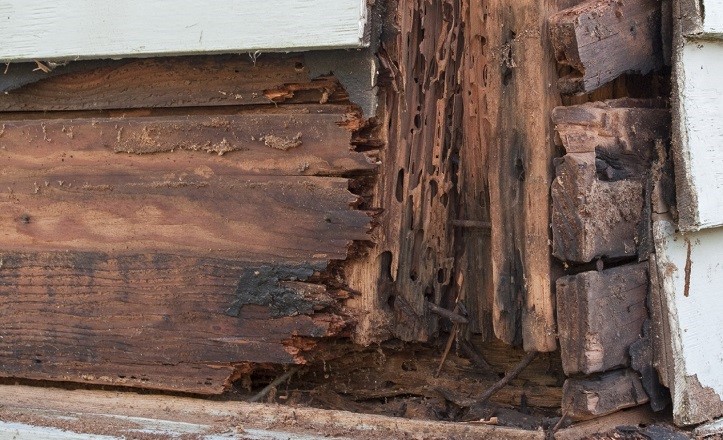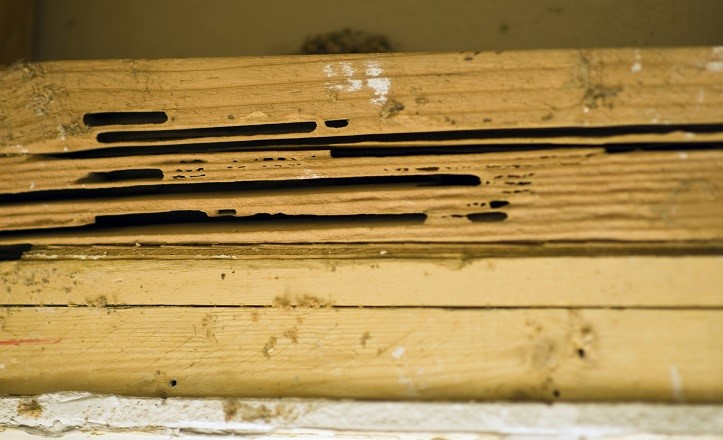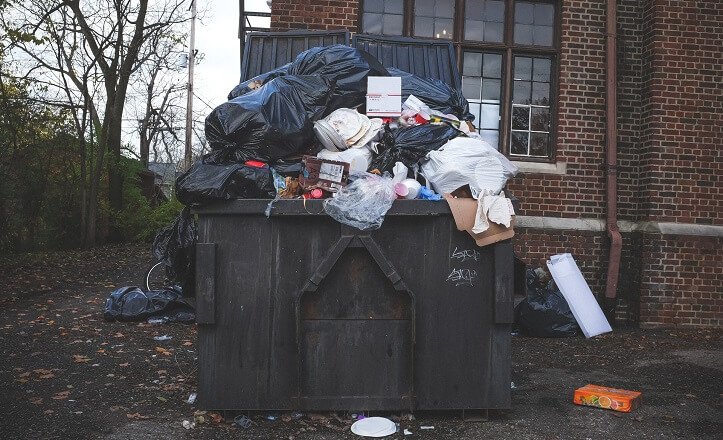Just like people often confuse bees and wasps, that is just the same with these pests! They are often mistaken for ants due to their similar appearance. However, ants are harmless to your property and home furniture as compared to termites.
Flying or not, termites are a threat to your property and home belongings especially if you have a lot of wooden items or wooden framework/structure involved in the architecture.
While it won’t do you any harm to mistake an ant for a termite, if the roles were reversed, you would be in much trouble! This is why we have compiled together a list of Do's and Don'ts to help you deal with a flying termite infestation the right way.
1. DO: Be Alert & Proactive -
As we mentioned earlier, these insects are often mistaken as other harmless insects and the issue isn’t given much attention. However, if not dealt with seriously, termites can cause significant damage to the structure of your home by eating their way through other wooden items.
While most people are aware and careful of the tiny wingless termites, it is the flying ones that you need to be wary of too as they impact the infestation with their breeding habits. The flying termites are also easier to spot than the tiny ones hidden inside your home’s furniture.
2. DO: Be Mindful of the Weather -
Flying or not, termites love moisture and darkness and it is during such seasons that they look for similar places to live in, feed on and breed. So if you reside in such a place experiencing similar weather conditions, you should always be mindful of the weather and how it is affecting your property.
If you do spot a flying insect during such weather conditions, then you most likely will need to get your home inspected for insects.
3. DO: Accurately Identify Them -
identification plays a key role in determining the solution to your pest infestation. Therefore, you cannot afford to get mixed up between a flying termite and an ant. While it could get confusing due to the similarities.
There are a few differences that could help you differentiate between the two. For example, flying ants have slender abdomens, dented antennas, and longer top wings, whereas flying termites have a straight body and antennae and the front and rear wing’s lengths are equal. It is important that you identify them correctly so that you don’t end up treating a flying termite infestation as a flying ant infestation.
4. DON'T: Opt for Temporary Solutions -
If there is one thing that you should know and remember always, it is that when it comes to infestations, there is more than what meets the eye. Even if you spot a swarm of termites and decide to spray them and eliminate them with an over-the-counter solution, the problem isn’t actually fixed nor are all the termites gone.
You would be left with the wingless pests hidden away, secretly munching on your favorite vintage hairdresser. So don’t opt for a temporary solution. Instead, go for an effective and long-lasting solution like professional pest control and removal.
5. DON'T: Fill up the Exit Route -
Many who dealt with such pests considered and went ahead with filling up the escape route thinking they would suffocate and die. But the results would always be pests: 1 and humans: 0 because they would end up making new holes and exiting from there, doing so, they cause additional damage to your property. So don’t try to outsmart these pesky insects, just leave it to the experts and call a professional as soon as possible.
6. DON'T: Give up Halfway Through the Job -
Spotting a flying pest is only the start of your inspection, next you will have to look for dead carcasses, mud tubes, a pile of something that looks like sawdust, scattered wings, etc. It is not only time-consuming but also a lot of hard work and challenging.
Hence, many homeowners opt for professional home inspections for a thorough and better understanding of the situation.
7. DON'T: Feign Ignorance of Their Presence -
Although flying pests might seem harmless as compared to huge spiders, snakes, and rodents, they are still problematic insects that you best get rid of as soon as possible because if left untreated, they could cause a lot of physical damage, leading to financial losses.
So, just because they seem small and harmless, you shouldn’t ignore them and leave them as they are, but instead, act quickly and call a professional expert with experience and knowledge in treatment and get them removed as soon as possible to prevent further damage.
About the Author: Muzi Tsolakis is the owner of Protech Pest Control, Melbourne. The company is recognised for its effective termite treatment and for providing same-day inspections for pest and other rodent infestations.


















